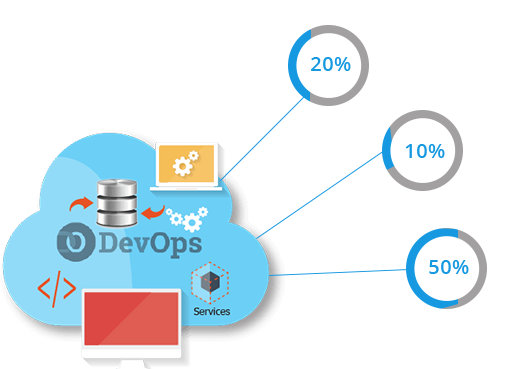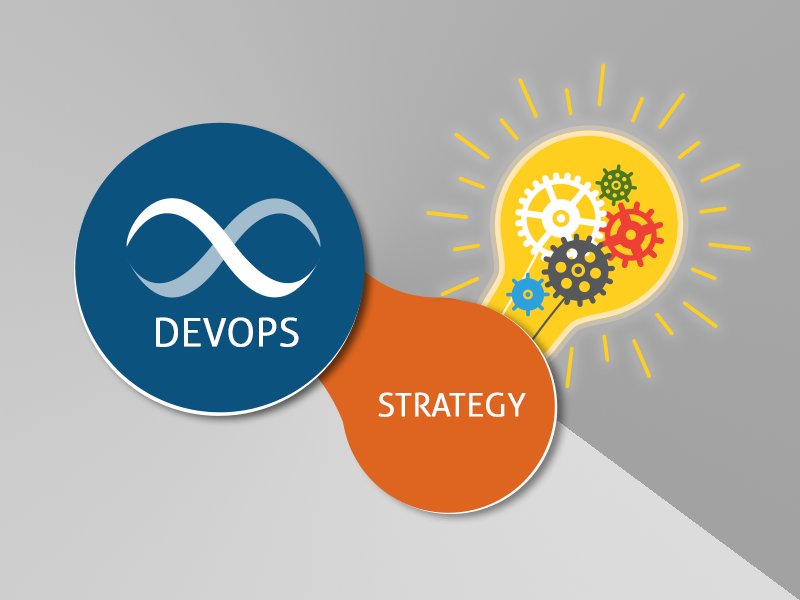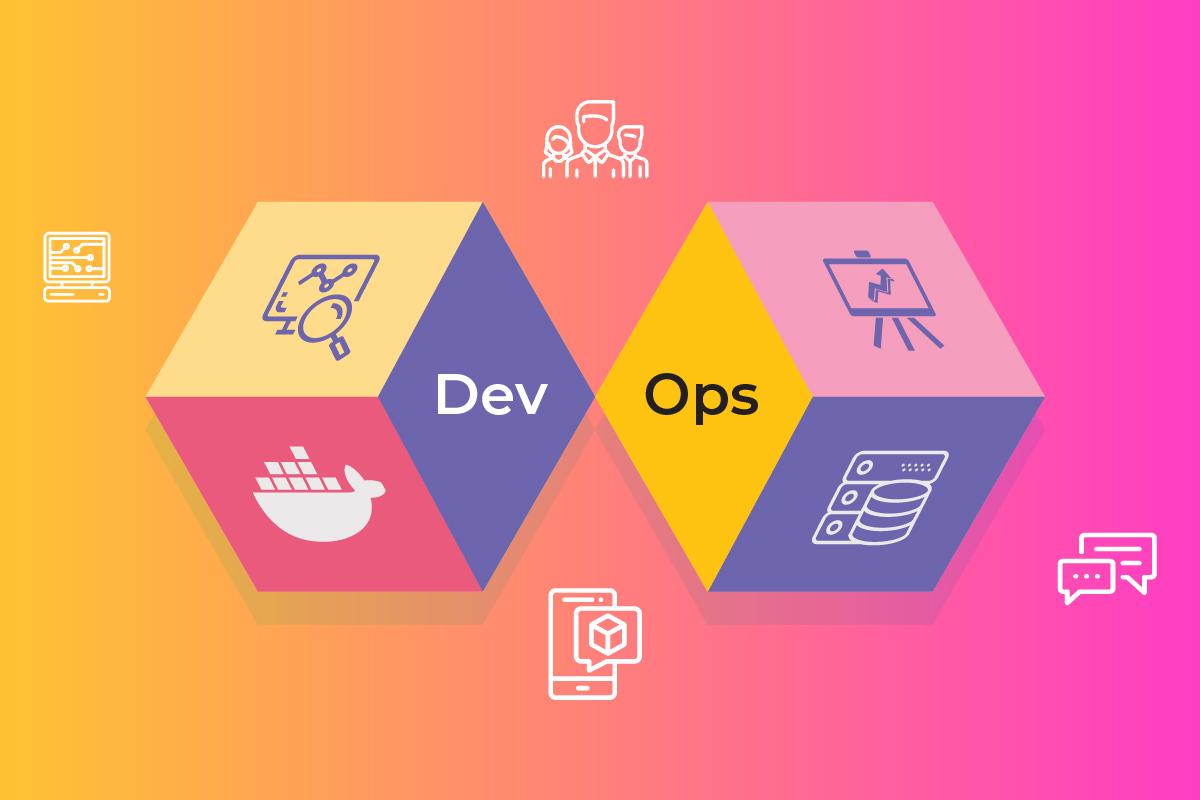DevOps methodology of software delivery has revolutionized the way we run our systems, applications and data. However, while it is a decade-old already, it still has no rigid structure and is actively evolving all the time. Thus said, there is no DevOps implementation path carved in stone and every business does it in its own unique way. However, while all businesses are unique, the mistakes they make are pretty standard.
Due to the fact that DevOps methodology is rapidly evolving, there are lots of misconceptions surrounding it. Most of them are based on misunderstanding the core principles and paradigms of DevOps and are stubbornly supported by multiple “experts”, speakers and self-proclaimed “gurus” that have little to none practical experience. One of such fallacies is the belief that to make DevOps work, you need to place your Devs, QA and Ops engineers in a single room to form a mixed team, where everybody will teach all the rest the basis of their skills, and you will get an all-around capable unit of DevOps engineers able to write, test and run the code.

As one of the leading Managed DevOps Services Providers worldwide with hundreds of successfully accomplished projects, IT Svit can assure you that this idea cannot be farther from the truth. We explain this in more detail below and list 5 most common mistakes a business can make while adopting DevOps services:
- Misunderstanding of DevOps principles
- Following the advice of “visionaries” that lack practical expertise
- Buying DevOps tools
- Opting for managed DevOps services from cloud platforms
- Mastering DevOps on your own
Continue reading to check if you have made one of these mistakes — and how to avoid them.
Misunderstanding of DevOps principles
The code is written, tested, released and run in production. Infrastructure management operations are by far the most time- and effort-consuming, so DevOps is all about minimizing the resources required to perform these operations. This is achieved not by combining the skills of three teams — but by aligning their goals.

Ordinarily, the goal of a Dev team is to release as many new features as possible within some limited time. The goal of the QA team is to minimize the number of bugs that make it to production, reducing risks. The goal of the Ops team is to minimize the number of incidents in production caused by new features and bugs. Obviously, these goals are in direct contradiction.
The main principle of DevOps is transforming the workflows to align the Dev and QA goals with the Ops goals, greatly empowering your business. The tests are automated; the code is developed in small chunks and tested repeatedly; there are multiple small releases without downtime instead of one large update with a risk of post-release crashes. This transformation involves Infrastructure as Code, Continuous Integration and Delivery.
Following the advice of “visionaries” that lack practical expertise
Once you start exploring the DevOps landscape to grasp the meaning of the terms above (and many more), you will come across a huge variety of articles. Unfortunately, precious few of them are written by people who actually know what they are talking about. The rest is produced by self-appointed “gurus, visionaries and experts”. They promise great benefits from implementing DevOps under their consulting — but talk in vague phrases and are not actually able to deliver any value, should you hire them. It’s best to hire teams that have ample practical expertise at doing DevOps, even if they don’t position themselves as “gurus”.

Buying DevOps tools
Many businesses still operate under the false presumption that using open-source tools is risky, as they have no developer support. Thus said, many companies sign up for a proprietary Docker Enterprise package or Tectonic — managed platform for Terraform, etc. Actually, Kubernetes, Docker, Terraform, Ansible, Jenkins, ELK stack, Prometheus and Grafana and other popular DevOps tools have huge and thriving communities that contribute to their development, as well as detailed FAQs and guidelines, so you get all the benefits of an enterprise-grade proprietary software without actually having to pay for it.
Opting for managed DevOps services from cloud platforms
The ultimate form of buying the DevOps tools is buying them from a cloud platform like AWS, Azure or Google Cloud. You get an SLA guarantee that your infrastructure will be composed of industry-leading tools and services and will be run by top-notch professionals. However, such services will cost much more as compared to working with independent contractors and using open-source tools — without any actual difference in the quality of the resulting services. Besides, should you ever decide to migrate to another cloud platform — you will have to rebuild everything from scratch…
Mastering DevOps on your own

Every team can master DevOps tools and workflows, given sufficient time and budget. However, this might lead to costly mistakes and sub-par quality systems, mostly due to ignorance, not out of malintent. Thus said, the cheapest and most cost-effective way to implement DevOps workflows in your company actually lies with hiring an experienced team that will be able to design and build the best systems for your case and teach your team to work with them.
Why IT Svit
As you can see, these 5 key mistakes when implementing DevOps can be easily avoided if partnering with a trustworthy contractor. IT Svit is such a team, with 5+ years of DevOps expertise, several hundreds of successfully accomplished projects, a leader of the IT outsourcing market in Ukraine and one of the leading Managed DevOps services providers worldwide.
We would be glad to help your business adopt DevOps successfully!

